Although both game variants, ice hockey and roller hockey, are characterized by distinctive differences, one primary distinction lies in the playing surface: ice hockey, as the name suggests, is played on an ice rink, utilizing the slick surface for a fast-paced game. On the other hand, roller hockey takes place on a sports court constructed of interlocking plastic tiles, offering a surface that allows for swift stops and direction changes akin to an “ice hockey” stop.
The differences extend to the number of players, stopping techniques, puck composition, game length, and the rules of play.
Roller hockey teams usually have four skaters on the court during gameplay, whereas ice hockey teams feature five skaters along with a goalie. Stopping techniques vary too; ice hockey players use the edges of their skates, while roller hockey players employ a combination of their wheels and body. In terms of equipment, ice hockey uses a heavier rubber puck, contrasting with the lighter, harder puck used in roller hockey.
The game length also varies, with roller hockey championship games split into two 20-minute halves and ice hockey games composed of three 20-minute periods. The rules slightly differ, with ice hockey enforcing offsides and icing rules that some roller hockey leagues do not.
What is The Difference Between Ice Hockey and Roller Hockey?
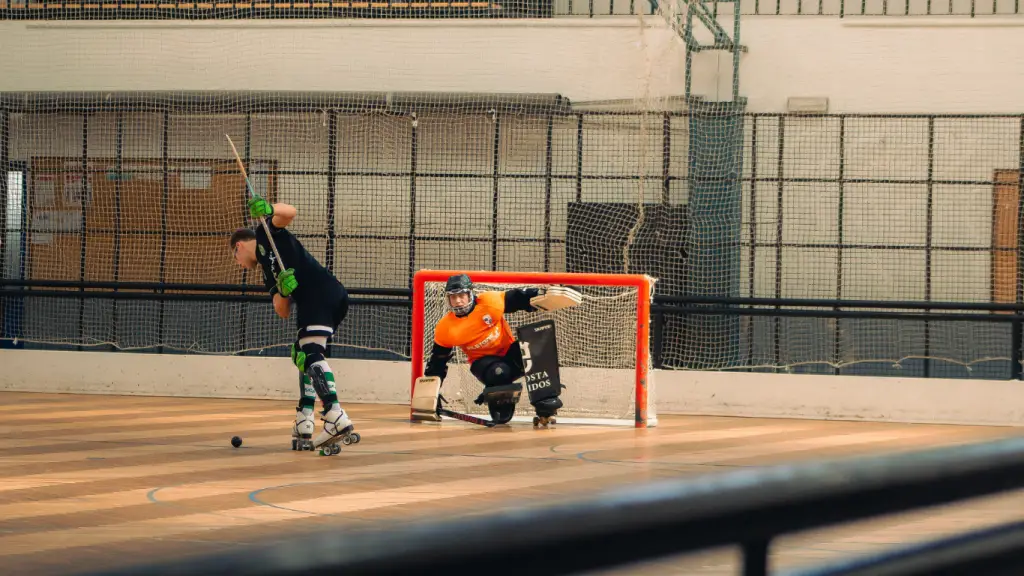
Origins and Popularity
Ice hockey and roller hockey are both popular sports that have their origins in hockey. Ice hockey originated in Canada in the 19th century, while roller hockey has its roots in England in the early 20th century. Both sports were developed as a way to play hockey in areas where ice was not readily available.
Ice hockey is more popular than roller hockey, especially in countries like Canada, the United States, and Russia. It is a winter sport that is played in indoor and outdoor rinks, and it has a large following at the amateur and professional levels.
Roller hockey, on the other hand, is more popular in countries like Spain, Portugal, and Italy. It is a summer sport that is played on a hard surface, and it has a smaller following at the amateur and professional levels compared to ice hockey.
Professional Leagues
Ice hockey has several professional leagues, including the National Hockey League (NHL) in North America, the Kontinental Hockey League (KHL) in Russia, and the Swedish Hockey League (SHL) in Sweden. These leagues feature the best players in the world and have a large following of fans who watch games both in person and on television.
Roller hockey has fewer professional leagues, with the main one being the World Skate Europe-Rink Hockey Champions League. This league features teams from several European countries and is considered the top level of roller hockey competition.
In terms of playing style, ice hockey is a more physical sport that involves a lot of body checking and fighting. Roller hockey is a faster-paced sport that emphasizes speed and skill over physicality.
Playing Surfaces and Environment
Ice Hockey Surface
Ice hockey is played on a rink made of ice. The standard size of an ice hockey rink is 200 feet long and 85 feet wide. The surface is made of frozen water and kept at a temperature of around 20 degrees Fahrenheit.
The ice surface is smooth, flat, and hard, providing a fast and slippery playing surface. Players wear ice skates with sharp blades that allow them to glide smoothly on the ice.
Roller Hockey Surface
Roller hockey is played on various surfaces, including concrete, asphalt, and sport court. The standard size of a roller hockey rink is 165 feet long and 80 feet wide. Players wear inline skates, which have wheels instead of blades. The wheels are made of hard plastic or rubber, providing good traction on the playing surface.
The playing environment for ice hockey and roller hockey is different. Ice hockey is typically played indoors in an ice rink, while roller hockey is often played outdoors in a street or park setting. Roller hockey is a popular summer sport, as it can be played on any flat surface. On the other hand, ice hockey is a winter sport requiring a cold climate to maintain the ice surface.
Equipment Differences
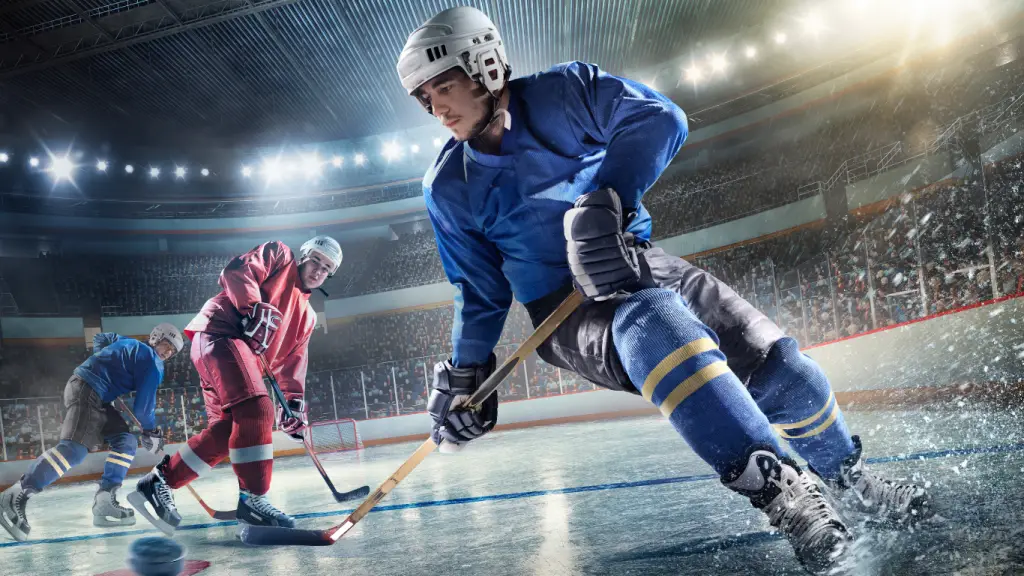
When it comes to equipment, there are several differences between ice hockey and roller hockey. The most significant difference is, of course, the skates. Ice hockey players wear ice skates, while roller hockey players wear inline skates.
Ice hockey skates have a blade that is designed to glide on ice. They are typically made of hard plastic or leather, and the blade is attached to the sole of the boot. Roller hockey skates, on the other hand, have wheels that are attached to the bottom of the boot. The wheels are designed to grip the surface of the rink, whether it is made of concrete or wood.
Another significant difference in equipment is the puck. In ice hockey, the puck is made of hard rubber and is designed to glide smoothly on the ice. In roller hockey, the puck is typically made of plastic and is designed to roll smoothly on the surface of the rink.
The stick used in ice hockey is also different from that used in roller hockey. Ice hockey sticks are longer and heavier, with a blade that is curved to help players lift the puck off the ice. Roller hockey sticks are shorter and lighter, with a straight blade that is better suited for controlling a ball on a hard surface.
In terms of protective gear, both sports require similar equipment, such as helmets, gloves, shoulder pads, elbow pads, and shin guards. However, the design of this gear may differ slightly between the two sports to account for the different playing surfaces and types of contact that occur.
Gameplay and Rules
Ice hockey and roller hockey have many similarities in their gameplay and rules. However, some key differences set them apart.
Skating and Handling the Puck
Ice and roller hockey require players to skate and handle the puck. However, the type of skate used in each sport is different. In ice hockey, players wear ice skates, while in roller hockey, players wear inline skates.
The type of puck used in each sport is also different. In ice hockey, a hard rubber puck is used, while in roller hockey, a lighter plastic puck is used. This makes it easier to handle the puck in roller hockey but also means that shots are less powerful.
Checking and Physicality
Checking is an important part of both ice hockey and roller hockey. However, the rules around checking are different in each sport. Body checking is allowed in ice hockey, while only stick checking is allowed in roller hockey.
Ice hockey is generally a more physical sport than roller hockey. Players need to be stronger and more durable to play ice hockey at a high level.
Offside and Icing
The offside rule and icing rule are the same in both ice hockey and roller hockey. However, the way they are enforced is slightly different.
In ice hockey, the blue lines are used to determine offside and icing. In roller hockey, there are no blue lines, so the center line is used to determine offside and icing.
Goalies and Goals
The size of the goal and the equipment worn by the goalie are the same in both ice hockey and roller hockey. However, the style of play is different.
In ice hockey, the goalie is allowed to freeze the puck, which stops play. In roller hockey, the goalie is not allowed to freeze the puck, which means that play continues even if the puck is in the goalie’s possession.
Team Size and Points
The size of the team and the way points are awarded are the same in both ice hockey and roller hockey. Each team has six players on the ice at a time, and points are awarded for scoring goals.
Strategy and Style of Play
The strategy and style of play in ice hockey and roller hockey are different. Ice hockey is generally a more physical and aggressive sport, while roller hockey is more focused on speed and finesse.
In ice hockey, teams often use a more defensive strategy, while in roller hockey, teams often use a more offensive strategy. This is because roller hockey is played on a smaller surface, so there is less room to maneuver.
Rules and Regulations
The rules and regulations of ice hockey and roller hockey are similar, but there are some key differences. For example, in ice hockey, players are allowed to use their hands to pass the puck, while in roller hockey, players are not allowed to use their hands at all.
Physical Requirements and Skills
Ice hockey and roller hockey require similar physical requirements and skills, but there are some differences due to the different playing surfaces.
Skaters
Both ice hockey and roller hockey require skaters to have good balance and speed. Skaters need to be able to move quickly and change direction easily. In ice hockey, skaters need to be able to stop and start quickly using the edges of their skates. In roller hockey, skaters need to be able to stop and turn using the wheels of their skates.
Physical Fitness
Both ice hockey and roller hockey require a high level of physical fitness. Players need to be able to maintain a high level of activity for the entire game. This requires good endurance and leg muscles. Players also need to have good muscle strength, especially in their legs.
Focus
Both ice hockey and roller hockey require players to be able to focus on the game. Players need to be able to anticipate the movements of their opponents and react quickly. They also need to be able to communicate effectively with their teammates.
Stopping
In ice hockey, players need to be able to stop quickly using the edges of their skates. This requires good balance and control. In roller hockey, players need to be able to stop and turn using the wheels of their skates. This requires good balance and control as well.
Transitioning Between the Sports
Transitioning between ice hockey and roller hockey can be a challenge, but it is not impossible. While the two sports share many similarities, there are also some key differences that players need to be aware of. Here are a few tips to help you make the transition:
Equipment
One of the biggest differences between ice hockey and roller hockey is the equipment. Ice hockey players wear skates with metal blades, while roller hockey players wear inline skates with wheels.
The sticks used in each sport are also slightly different, with ice hockey sticks being longer and heavier than roller hockey sticks. When transitioning between the two sports, players must adjust to these equipment differences.
Technique
The technique used in ice hockey and roller hockey is also slightly different. Ice hockey players need to be able to control their skates on the ice, while roller hockey players must be able to maneuver their inline skates on a smooth surface.
When transitioning between the two sports, players must work on their technique to ensure they can perform well in both sports.
Cross-Training
Cross-training can be a great way to help players transition between ice hockey and roller hockey. By practicing both sports, players can develop the skills they need to perform well in each sport. This can also help players to stay in shape and improve their overall performance.
Popularity
Ice hockey is generally more popular than roller hockey, particularly in Canada and the northern United States. However, roller hockey has a strong following in areas where ice is not readily available. When transitioning between the two sports, players may need to adjust to the different levels of popularity and support for each sport.
Cost Differences
The cost of equipment and league fees can vary greatly between ice hockey and roller hockey. Ice hockey tends to be more expensive, due to the cost of ice time and the need for more specialized equipment. When transitioning between the two sports, players may need to adjust to the different costs associated with each sport.
Substitution
In some cases, ice hockey players may be able to substitute for roller hockey players, and vice versa. However, this will depend on the rules of the league or tournament. When transitioning between the two sports, players should be aware of the rules regarding substitution.
Frequently Asked Questions
What are the differences between ice hockey and roller hockey?
Ice hockey is played on ice with skates, while roller hockey is played on a hard surface with roller skates. The equipment used in both sports is also different, with ice hockey requiring more protective gear due to the higher speeds and physicality of the game.
How do the skates used in ice hockey and roller hockey differ?
The skates used in ice hockey have a blade on the bottom for traction on the ice, while roller hockey skates have wheels for movement on a hard surface. Ice hockey skates also tend to be stiffer and heavier than roller hockey skates.
What are the main rules and differences between ice hockey and roller hockey?
The rules of both sports are similar, but there are some key differences. In roller hockey, for example, there is no offside rule, and the game is played with four players on the rink instead of five. Additionally, checking is not allowed in some forms of roller hockey.
What are the advantages and disadvantages of playing ice hockey versus roller hockey?
Ice hockey offers the opportunity to play at a higher level of competition and is often viewed as the more traditional form of the sport. However, roller hockey can be more accessible and affordable, as it does not require access to an ice rink. Additionally, roller hockey can be less physically demanding than ice hockey.
Are there any skills that transfer between ice hockey and roller hockey?
Many skills required for both sports are similar, such as skating, stickhandling, and shooting. However, the equipment and playing surface differences can require some adjustment for players transitioning between the two sports.
What are the different types of roller hockey, and how do they compare to ice hockey?
There are several types of roller hockey, including inline hockey, rink hockey, and roller derby. Each has unique rules and playing style, but all involve using roller skates on a hard surface. Roller hockey tends to be less physical and more focused on speed and agility than ice hockey.
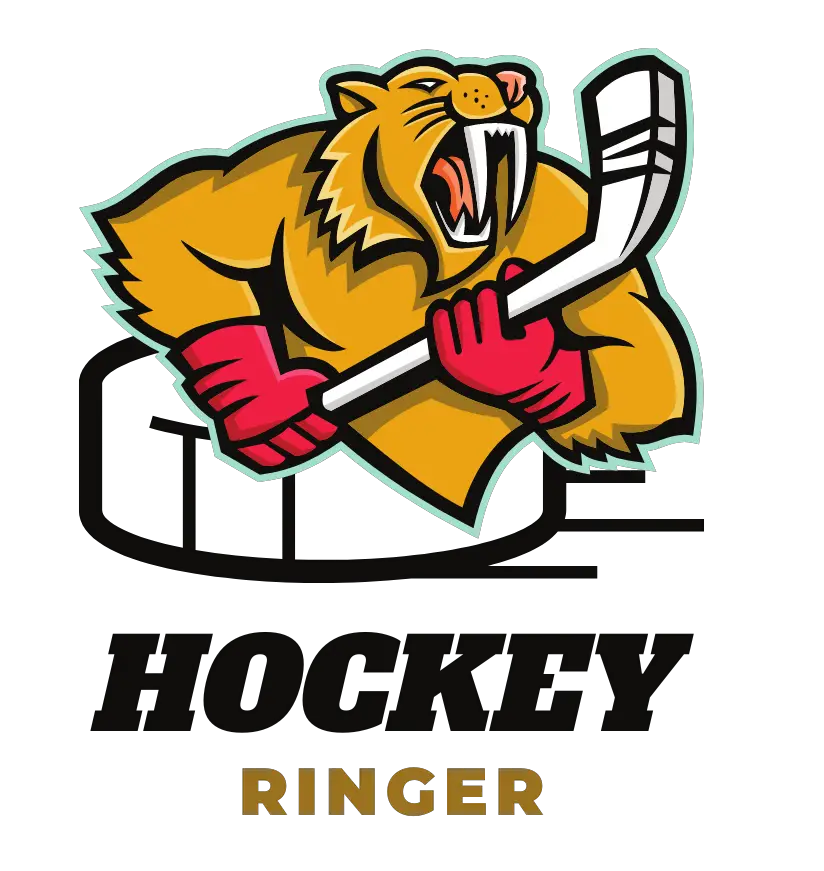
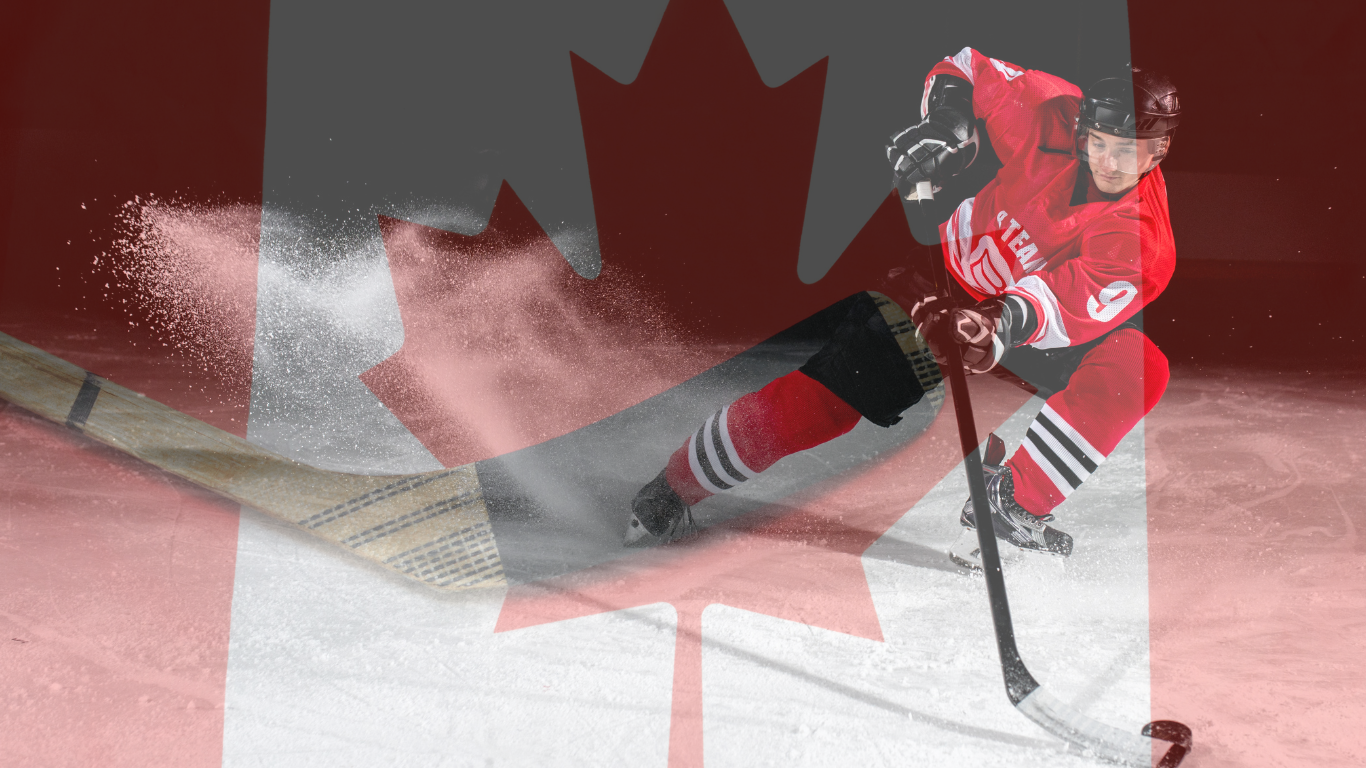

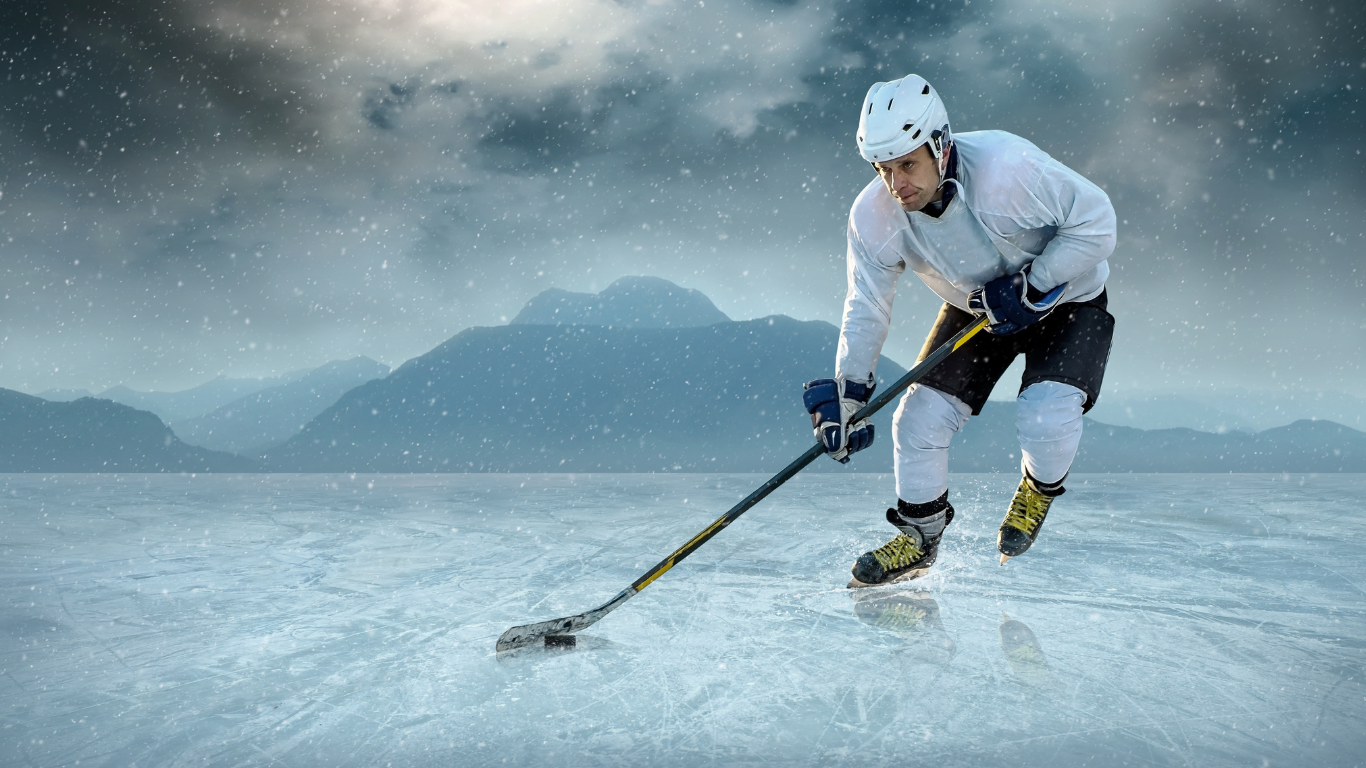

Leave a Reply